Home>Technology>Home Entertainment Systems>What Is A Closed Circuit Television
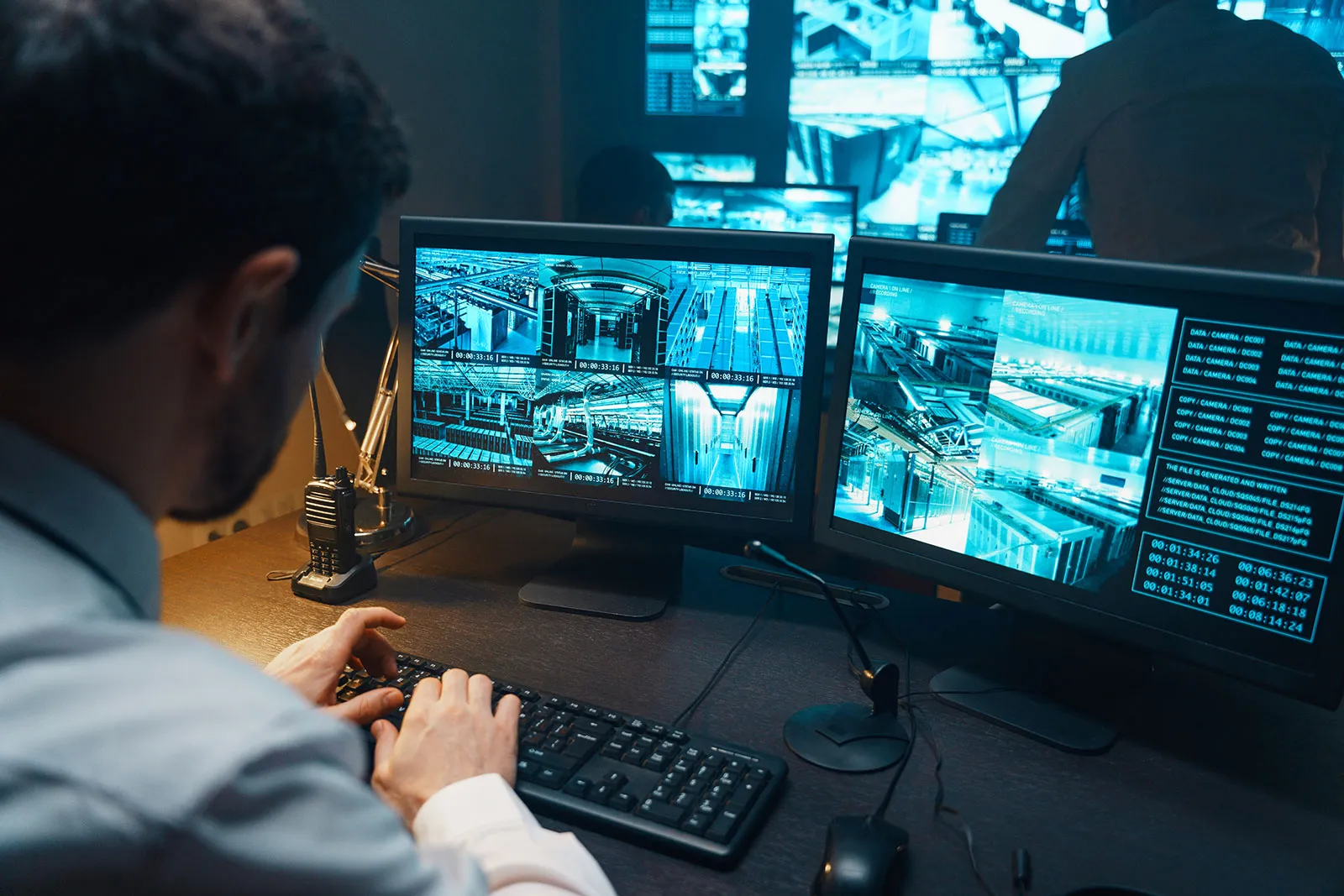

Home Entertainment Systems
What Is A Closed Circuit Television
Published: December 21, 2023
Learn about closed circuit television and its benefits for home entertainment systems. Discover how CCTV enhances security and surveillance at home. Choose the best CCTV for your home entertainment needs.
(Many of the links in this article redirect to a specific reviewed product. Your purchase of these products through affiliate links helps to generate commission for Storables.com, at no extra cost. Learn more)
Introduction
In today's fast-paced world, security and surveillance have become integral aspects of our daily lives. Closed Circuit Television (CCTV) systems play a pivotal role in safeguarding properties, ensuring public safety, and monitoring activities in various settings. This comprehensive guide delves into the intricacies of CCTV, shedding light on its history, components, types, benefits, applications, and legal considerations. Whether you are a homeowner, business owner, or simply interested in the realm of security technology, understanding CCTV systems is paramount in this digital age.
The evolution of CCTV technology has significantly transformed the landscape of security and surveillance, offering advanced solutions to address diverse security challenges. From analog to digital systems, CCTV has undergone remarkable advancements, enhancing its effectiveness and reliability. By exploring the historical progression, components, and applications of CCTV, readers will gain valuable insights into the multifaceted nature of these systems and their indispensable role in modern society.
Join us on this enlightening journey through the realm of Closed Circuit Television, where we unravel the complexities, benefits, and ethical considerations associated with this indispensable technology. Whether you seek to bolster security measures, gain a deeper understanding of surveillance systems, or simply satisfy your curiosity, this guide is tailored to provide a comprehensive understanding of Closed Circuit Television and its far-reaching impact.
Key Takeaways:
- CCTV systems have evolved from basic analog setups to advanced digital networks, enhancing security and surveillance with high-definition video, remote monitoring, and smart analytics.
- CCTV offers benefits beyond security, including crime deterrence, operational monitoring, and traffic management, while requiring ethical considerations for privacy and data protection.
Read more: What Is A Closed Basement
History of Closed Circuit Television
The roots of Closed Circuit Television (CCTV) can be traced back to the mid-20th century, with its initial applications primarily focused on security and surveillance in industrial and governmental settings. The concept of a closed-circuit system, where the video signals are transmitted to a limited set of monitors, marked a significant departure from earlier open-broadcast systems. The closed nature of the circuit allowed for localized monitoring, making it an invaluable tool for security and observational purposes.
The earliest forms of CCTV technology relied on analog signals and magnetic tape recording, paving the way for the development of rudimentary surveillance systems. These systems, albeit primitive by today’s standards, represented a groundbreaking advancement in the realm of security technology. As the demand for enhanced security measures grew, CCTV systems underwent rapid evolution, incorporating innovations such as motion detection, remote monitoring, and digital video recording.
With the advent of digital technology, the landscape of CCTV underwent a profound transformation, ushering in an era of high-definition video, networked cameras, and advanced analytics. The integration of digital video recorders (DVRs) and network video recorders (NVRs) revolutionized the storage and retrieval of surveillance footage, offering unprecedented convenience and reliability.
Today, CCTV systems encompass a diverse array of technologies, including IP cameras, cloud-based surveillance, and artificial intelligence-driven analytics. These innovations have not only elevated the effectiveness of surveillance but have also expanded the scope of CCTV applications to include areas such as retail analytics, traffic management, and smart city initiatives.
As we reflect on the historical trajectory of CCTV, it becomes evident that the evolution of this technology has been driven by a relentless pursuit of enhanced security, efficiency, and innovation. From its humble beginnings as a closed-circuit analog system to the sophisticated, interconnected network of cameras and sensors that define modern CCTV, this technology continues to shape the landscape of security and surveillance in profound ways.
Components of Closed Circuit Television
Understanding the components of a Closed Circuit Television (CCTV) system is crucial for grasping its operational dynamics and capabilities. A typical CCTV setup comprises several essential elements that work in tandem to capture, process, and display surveillance footage. By familiarizing oneself with these components, one can gain a comprehensive understanding of the intricate infrastructure that underpins effective security and surveillance.
- Cameras: At the heart of any CCTV system are the cameras, which serve as the primary devices for capturing visual data. These cameras come in various types, including dome cameras, bullet cameras, and pan-tilt-zoom (PTZ) cameras, each tailored to specific surveillance needs.
- Monitors: Monitors are the display units that render the video feed from the cameras. These screens provide real-time visibility into the surveillance footage and are essential for on-site monitoring and video playback.
- Digital Video Recorders (DVRs) or Network Video Recorders (NVRs): DVRs and NVRs are responsible for recording and storing the video footage captured by the cameras. These devices offer various storage capacities and advanced features such as motion detection, remote access, and video indexing.
- Cables and Connectors: The transmission of video signals from the cameras to the recording and display devices necessitates the use of cables and connectors. Coaxial cables, Ethernet cables, and power connectors form the backbone of the CCTV infrastructure, ensuring seamless connectivity.
- Power Supply: A reliable power supply is critical for the continuous operation of CCTV systems. Power sources, backup batteries, and surge protectors contribute to the stability and resilience of the surveillance infrastructure.
- Mounting Hardware: Mounts, brackets, and enclosures are essential for securely installing and positioning the cameras in strategic locations. Proper mounting hardware ensures optimal camera placement for effective surveillance coverage.
- Control Devices: Control devices such as joysticks, keyboards, and mobile applications enable operators to maneuver PTZ cameras, access video feeds, and manage system settings with ease.
- Video Analytics Software: Advanced CCTV systems leverage video analytics software to extract valuable insights from surveillance footage. These software solutions offer features such as facial recognition, object tracking, and anomaly detection, enhancing the overall efficacy of CCTV systems.
By comprehending the roles and interplay of these components, individuals can gain a holistic perspective on the functionality and capabilities of CCTV systems. Whether deployed for residential, commercial, or public sector applications, the synergy of these components forms the backbone of robust and reliable surveillance infrastructure.
Types of Closed Circuit Television Systems
Closed Circuit Television (CCTV) systems encompass a diverse array of configurations, each tailored to specific surveillance requirements and operational environments. Understanding the various types of CCTV systems is instrumental in selecting the most suitable solution for a given application. From traditional analog setups to cutting-edge IP-based networks, the following overview sheds light on the distinctive characteristics and functionalities of different CCTV systems.
- Analog CCTV Systems: Analog CCTV systems represent the traditional form of surveillance infrastructure, utilizing coaxial cables to transmit video signals from cameras to recording devices. Although analog systems offer basic functionality, they are being gradually phased out in favor of digital alternatives due to their limited resolution and scalability.
- IP-Based CCTV Systems: IP-based CCTV systems leverage Internet Protocol (IP) technology to transmit video data over computer networks. These systems offer superior image quality, remote accessibility, and advanced features such as motion detection and video analytics. IP cameras, network video recorders (NVRs), and PoE (Power over Ethernet) switches form the core components of these modern surveillance setups.
- Wireless CCTV Systems: Wireless CCTV systems eliminate the need for physical cabling by employing wireless communication protocols such as Wi-Fi or Bluetooth for transmitting video signals. These systems are ideal for scenarios where running cables is impractical or aesthetically undesirable, offering flexibility in camera placement and ease of installation.
- HD-Over-Coax CCTV Systems: HD-over-Coax systems combine the simplicity of analog cabling with high-definition video transmission. Utilizing technologies such as HD-TVI (High Definition Transport Video Interface) and HD-CVI (High Definition Composite Video Interface), these systems deliver crisp, high-resolution footage over standard coaxial cables, making them a cost-effective upgrade for existing analog installations.
- Mobile CCTV Systems: Mobile CCTV systems are designed for vehicular surveillance applications, offering robust monitoring solutions for public transportation, law enforcement, and fleet management. These systems are characterized by ruggedized cameras, onboard recording devices, and GPS integration, enabling comprehensive surveillance in dynamic and mobile environments.
- Cloud-Based CCTV Systems: Cloud-based CCTV solutions leverage cloud computing infrastructure to store and manage surveillance footage. These systems offer remote accessibility, automated backups, and scalability, making them an ideal choice for multi-site deployments and off-site monitoring.
By acquainting oneself with the distinctive attributes of these CCTV systems, stakeholders can make informed decisions when selecting, deploying, and maintaining surveillance infrastructure. Whether seeking to upgrade an existing system or implement a new surveillance solution, understanding the nuances of these CCTV configurations is paramount in meeting the evolving demands of security and surveillance.
A closed circuit television (CCTV) is a system of video cameras that transmit signals to a specific set of monitors. It is commonly used for surveillance and security purposes in public places, businesses, and homes.
Benefits of Closed Circuit Television
Closed Circuit Television (CCTV) systems offer a myriad of benefits that extend beyond traditional security and surveillance functions. These systems have become indispensable tools for enhancing safety, optimizing operations, and mitigating risks across diverse settings. By harnessing the capabilities of CCTV technology, stakeholders stand to reap a host of advantages that contribute to a safer, more secure environment.
- Crime Deterrence: The presence of visible CCTV cameras acts as a powerful deterrent against criminal activities, dissuading potential perpetrators and reducing the likelihood of security breaches and unlawful behavior.
- Incident Investigation: In the event of security incidents, CCTV footage serves as invaluable evidence for investigating incidents, identifying perpetrators, and reconstructing sequences of events with precision.
- Employee and Public Safety: CCTV systems contribute to the safety and well-being of employees, customers, and the general public, fostering a secure environment and prompt response to emergencies.
- Operational Monitoring: Beyond security, CCTV systems enable organizations to monitor operational processes, assess workflow efficiency, and identify areas for improvement in various industries such as manufacturing, retail, and transportation.
- Remote Surveillance: With the advent of IP-based CCTV systems, remote surveillance capabilities empower users to monitor facilities and assets from any location, enhancing situational awareness and operational control.
- Traffic Management: CCTV cameras play a vital role in traffic monitoring, congestion management, and law enforcement, contributing to safer roadways and optimized traffic flow in urban and highway environments.
- Evidence Documentation: CCTV footage serves as documented evidence for legal proceedings, insurance claims, and compliance audits, providing a reliable record of events and activities.
- Cost-Effective Security: The deployment of CCTV systems offers a cost-effective security solution compared to manned surveillance, reducing the need for extensive physical patrols and on-site monitoring.
- Customer Experience Enhancement: In retail and hospitality sectors, CCTV systems aid in enhancing customer experience, ensuring service quality, and preventing theft or misconduct.
- Peace of Mind: For homeowners and business owners, the presence of CCTV systems instills a sense of security and peace of mind, fostering a conducive environment for living and conducting business activities.
By harnessing the multifaceted benefits of CCTV, organizations and individuals can fortify security measures, streamline operations, and cultivate an environment characterized by vigilance and accountability. The transformative impact of CCTV extends far beyond conventional surveillance, permeating various facets of modern life and contributing to a safer, more interconnected society.
Read more: What Are Breakers
Applications of Closed Circuit Television
Closed Circuit Television (CCTV) systems find diverse and far-reaching applications across a spectrum of industries and environments, serving as a cornerstone of security, surveillance, and operational efficiency. From safeguarding public spaces to optimizing industrial processes, the versatility of CCTV technology has propelled its integration into an array of critical applications, each harnessing its capabilities to enhance safety, productivity, and situational awareness.
- Public Safety and Law Enforcement: CCTV systems are instrumental in monitoring public areas, transit systems, and high-traffic locations, aiding law enforcement agencies in crime prevention, crowd management, and emergency response.
- Commercial and Retail Security: Retail establishments, banks, and commercial facilities rely on CCTV for theft prevention, employee safety, and asset protection, fostering a secure environment for customers and staff.
- Industrial Surveillance: Manufacturing plants, warehouses, and industrial facilities utilize CCTV for monitoring production processes, ensuring workplace safety, and safeguarding valuable equipment and inventory.
- Transportation and Traffic Management: In urban centers and transportation hubs, CCTV systems facilitate traffic monitoring, accident management, and enforcement of traffic regulations, contributing to safer and more efficient mobility.
- Education and Campus Security: Educational institutions deploy CCTV to enhance campus security, deter vandalism, and monitor student activities, fostering a conducive learning environment for students and faculty.
- Healthcare Facilities: Hospitals and healthcare facilities leverage CCTV for patient safety, asset protection, and monitoring restricted access areas, ensuring a secure and compliant healthcare environment.
- Residential Security: Homeowners utilize CCTV systems for perimeter surveillance, intruder detection, and remote monitoring, bolstering residential security and peace of mind.
- Hospitality and Entertainment Venues: Hotels, resorts, and entertainment venues employ CCTV for guest safety, loss prevention, and crowd management, enhancing the overall experience for patrons and visitors.
- Smart City Initiatives: CCTV forms a vital component of smart city projects, contributing to public safety, traffic optimization, and urban planning, fostering sustainable and secure urban environments.
- Banking and Financial Institutions: Financial organizations utilize CCTV for branch security, transaction monitoring, and fraud prevention, safeguarding assets and ensuring regulatory compliance.
By permeating such diverse domains, CCTV technology plays an integral role in shaping the fabric of modern society, underpinning safety, security, and operational resilience across myriad applications. The dynamic integration of CCTV into these spheres reflects its adaptability and enduring relevance in addressing contemporary security challenges and operational imperatives.
Legal and Ethical Considerations
As the ubiquity of Closed Circuit Television (CCTV) systems continues to expand, it is imperative to navigate the legal and ethical dimensions that govern their deployment and usage. While CCTV technology offers invaluable security and surveillance capabilities, it also raises pertinent concerns regarding privacy, data protection, and adherence to regulatory frameworks. By conscientiously addressing these considerations, stakeholders can ensure the responsible and ethical implementation of CCTV systems while upholding the rights and dignity of individuals.
- Privacy Rights: The installation of CCTV cameras in public and private spaces necessitates a delicate balance between security and individual privacy rights. It is essential to consider the scope of surveillance, the visibility of cameras, and the protection of sensitive areas to respect the privacy of individuals within the monitored premises.
- Data Protection and Storage: CCTV systems gather and store sensitive visual data, necessitating robust measures for data protection, encryption, and secure storage to mitigate the risk of unauthorized access or misuse of recorded footage.
- Compliance with Regulations: Adherence to local, national, and industry-specific regulations governing surveillance, data retention, and privacy is paramount. Compliance with laws such as the General Data Protection Regulation (GDPR) and relevant privacy statutes is essential to ensure lawful and ethical use of CCTV systems.
- Notice and Consent: Informing individuals about the presence of CCTV cameras through signage and obtaining consent where applicable fosters transparency and awareness, aligning with ethical principles of informed consent and fair usage of surveillance technology.
- Access Control and Authorization: Limiting access to CCTV footage to authorized personnel and establishing protocols for data access and retrieval safeguards against unauthorized use and preserves the integrity of surveillance data.
- Ethical Use of Video Analytics: Leveraging video analytics for purposes such as facial recognition, behavioral analysis, and demographic profiling warrants ethical considerations to uphold individual rights and prevent discriminatory or invasive applications of surveillance technology.
- Accountability and Transparency: Establishing clear policies for the operation, maintenance, and oversight of CCTV systems promotes accountability and transparency, fostering trust among stakeholders and the broader community.
- Ethical Obligations in Public Spaces: When deploying CCTV in public areas, ethical considerations encompass respecting the anonymity of individuals, safeguarding civil liberties, and avoiding unwarranted intrusion into public life.
- Ethical Decision-Making in Surveillance Practices: Ethical frameworks should guide decision-making in surveillance practices, emphasizing the responsible and justified use of CCTV technology in alignment with societal values and ethical norms.
By upholding these legal and ethical considerations, organizations, authorities, and individuals can navigate the complex terrain of CCTV deployment with integrity, ensuring that the benefits of surveillance technology are realized while safeguarding fundamental rights and ethical imperatives.
Conclusion
The realm of Closed Circuit Television (CCTV) is a multifaceted tapestry of technological innovation, ethical responsibility, and societal impact. From its humble origins as an analog surveillance tool to its current incarnation as a networked, intelligent security solution, CCTV has evolved to become an integral component of modern safety and surveillance infrastructure. As we navigate the complexities of CCTV technology, it is essential to recognize its profound implications and embrace a holistic understanding of its capabilities and ethical considerations.
Through the historical lens, we witness the evolutionary trajectory of CCTV, from its foundational role in industrial and governmental security to its pervasive presence in public spaces, commercial establishments, and residential settings. This evolution mirrors the relentless pursuit of enhanced security, operational efficiency, and public safety, underscoring the enduring relevance of CCTV in an ever-changing world.
As we explore the components, types, benefits, applications, and ethical considerations of CCTV, we uncover the intricate tapestry of interconnected technologies, legal imperatives, and ethical dilemmas that define its implementation and usage. The synergy of cameras, monitors, recorders, and analytics software converges with legal and ethical frameworks to shape the responsible deployment and operation of CCTV systems.
Furthermore, the applications of CCTV span a diverse spectrum, permeating industries, public spaces, and private domains to foster security, operational resilience, and societal well-being. From crime deterrence and incident investigation to traffic management and industrial surveillance, the impact of CCTV reverberates across multifaceted domains, enriching safety, efficiency, and accountability.
As we conclude this exploration of CCTV, it is evident that the responsible integration of surveillance technology hinges on a delicate balance between security imperatives, ethical obligations, and legal compliance. By embracing a conscientious approach to CCTV deployment, organizations, authorities, and individuals can harness its transformative potential while upholding fundamental rights, privacy, and societal values.
In essence, CCTV embodies a nexus of technological prowess and ethical stewardship, intertwining the imperatives of security with the principles of privacy, transparency, and accountability. Its enduring relevance underscores the imperative to navigate the evolving landscape of surveillance technology with integrity, foresight, and a steadfast commitment to the welfare of individuals and communities.
Frequently Asked Questions about What Is A Closed Circuit Television
Was this page helpful?
At Storables.com, we guarantee accurate and reliable information. Our content, validated by Expert Board Contributors, is crafted following stringent Editorial Policies. We're committed to providing you with well-researched, expert-backed insights for all your informational needs.
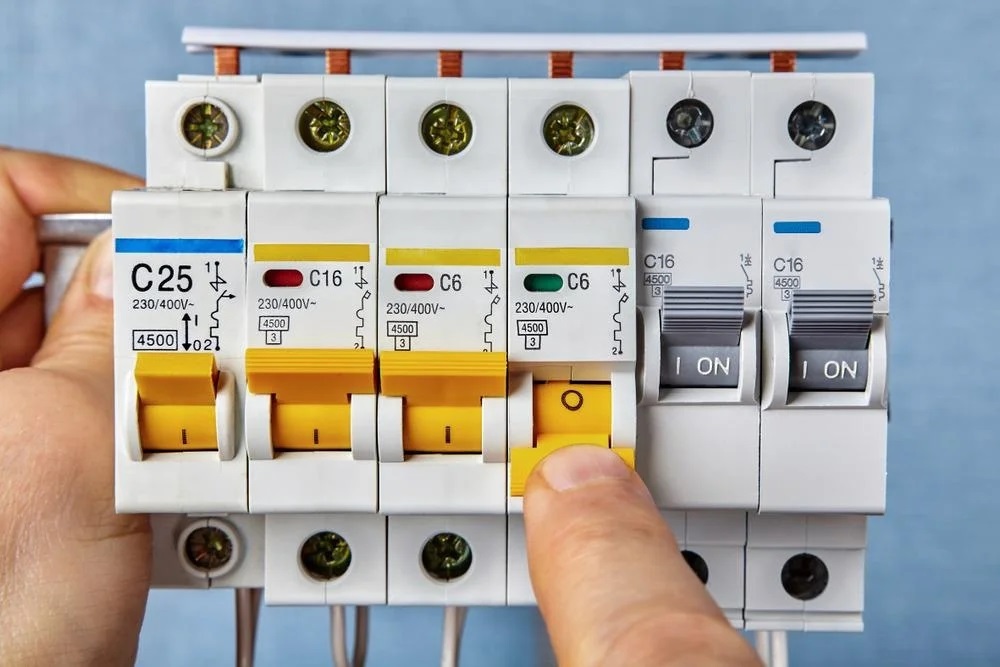
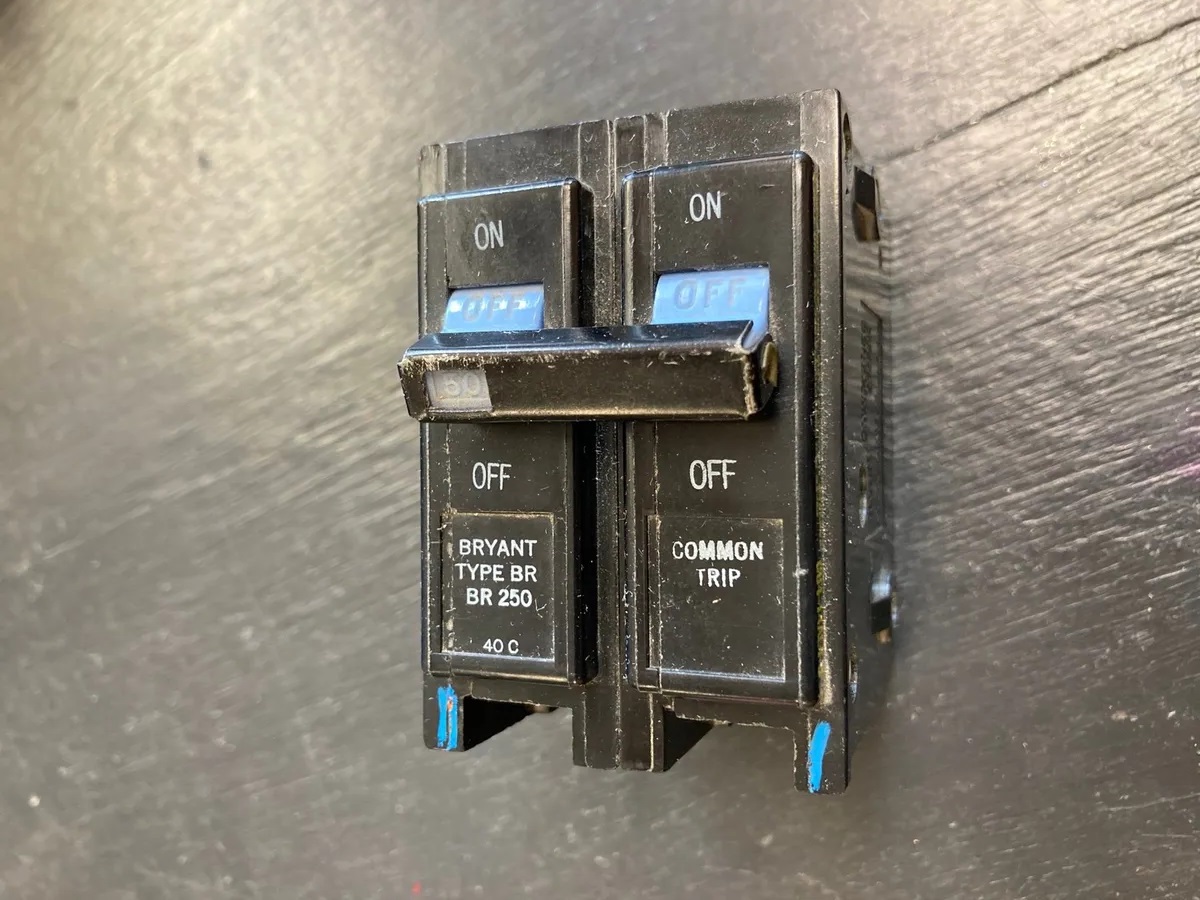

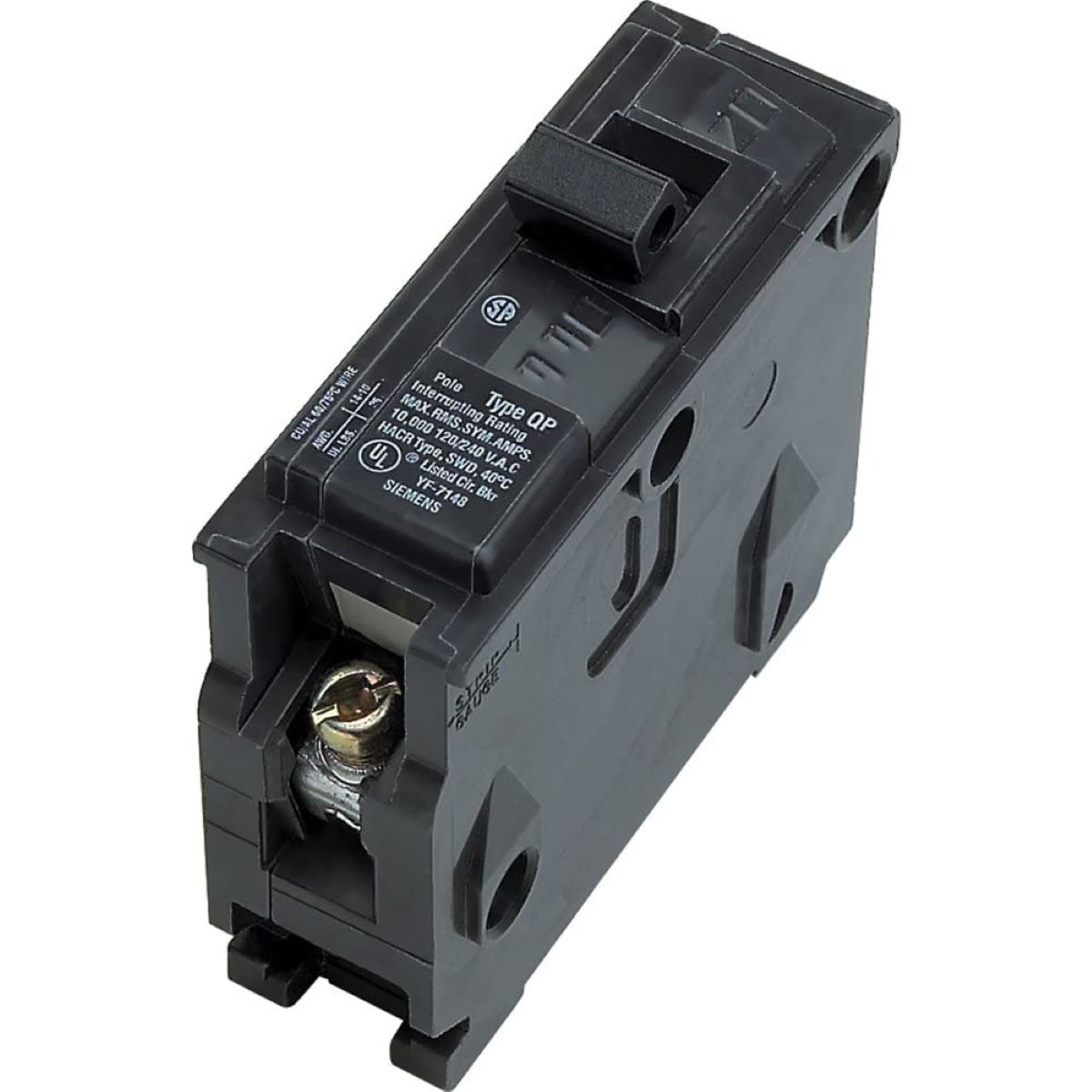
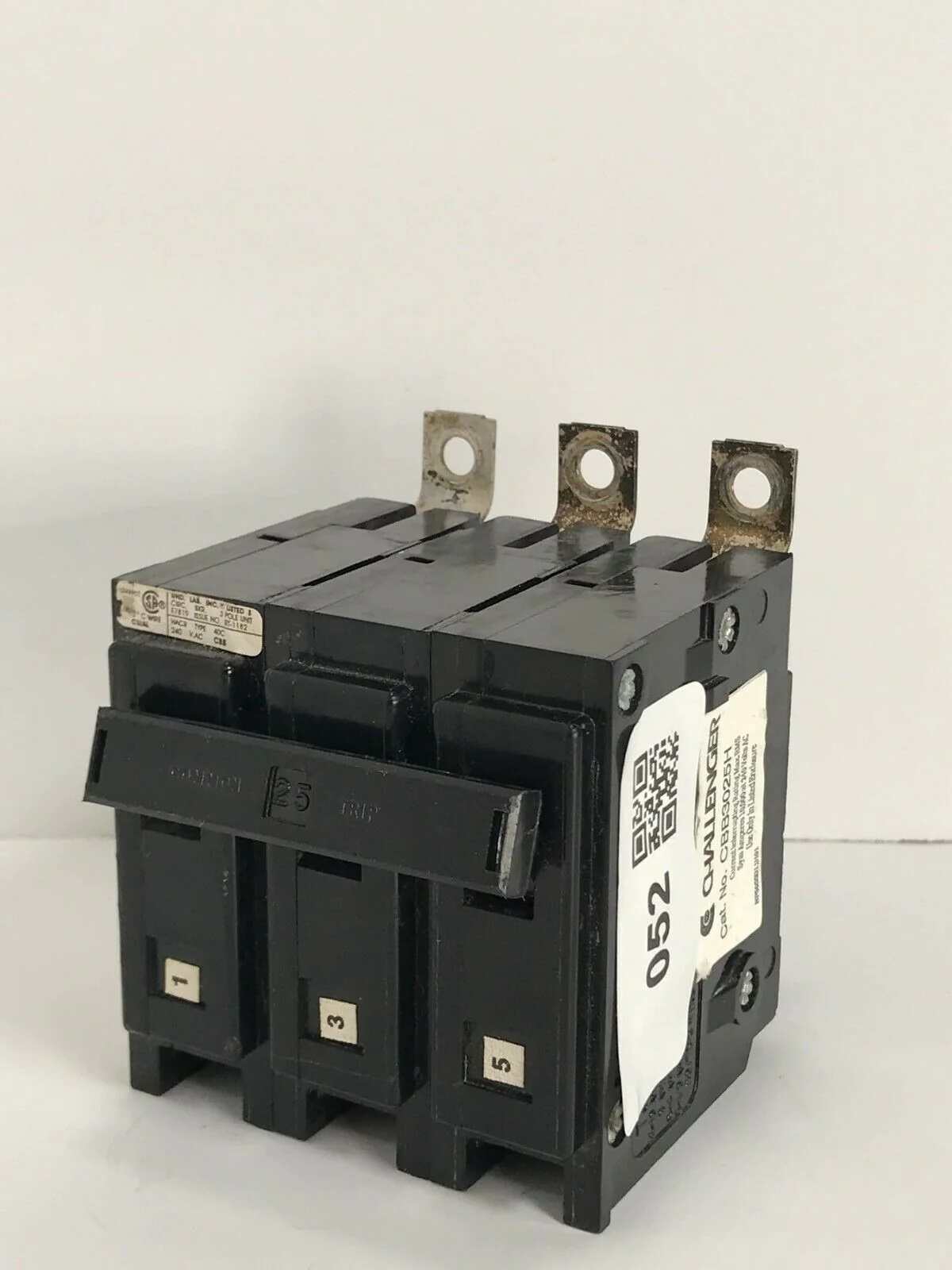
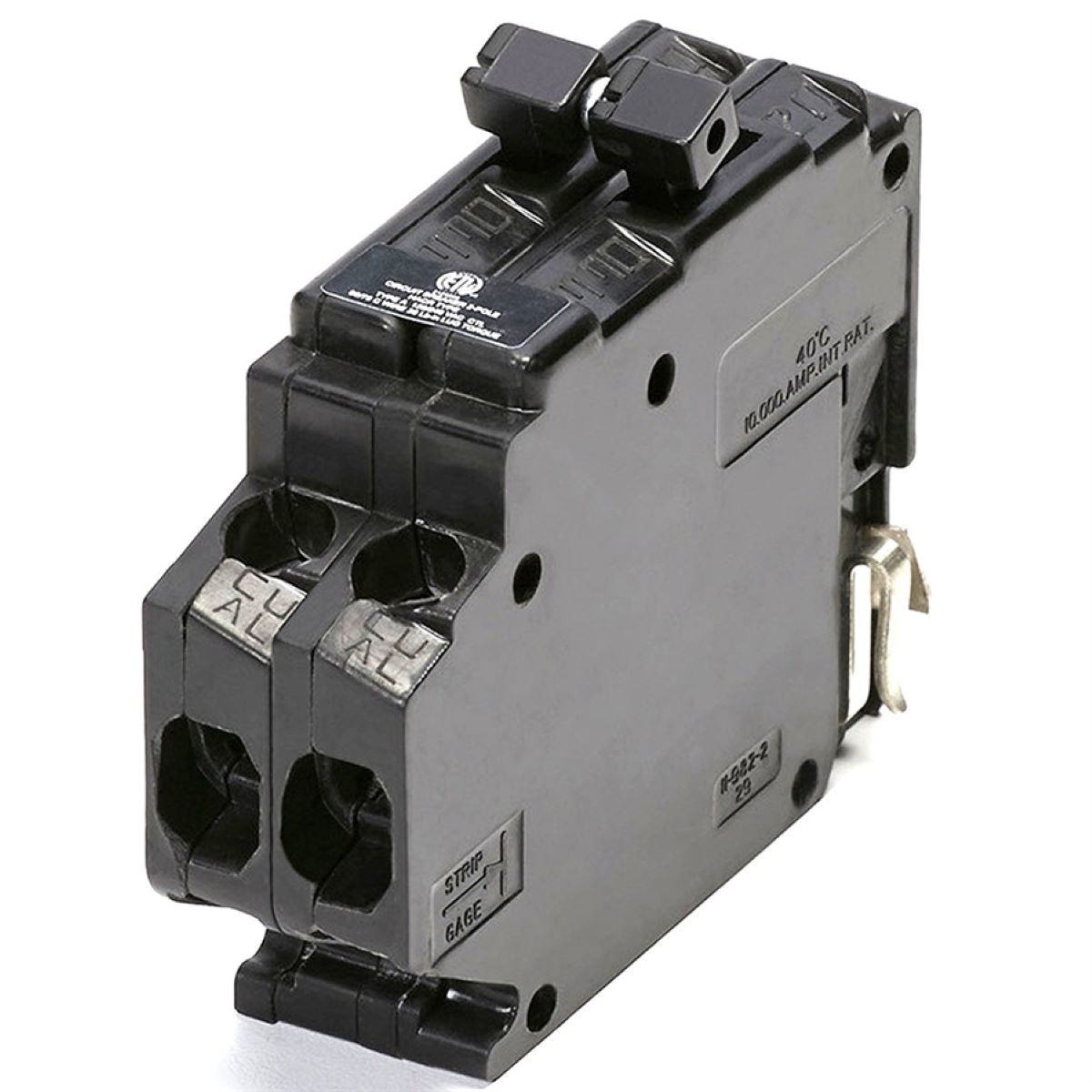
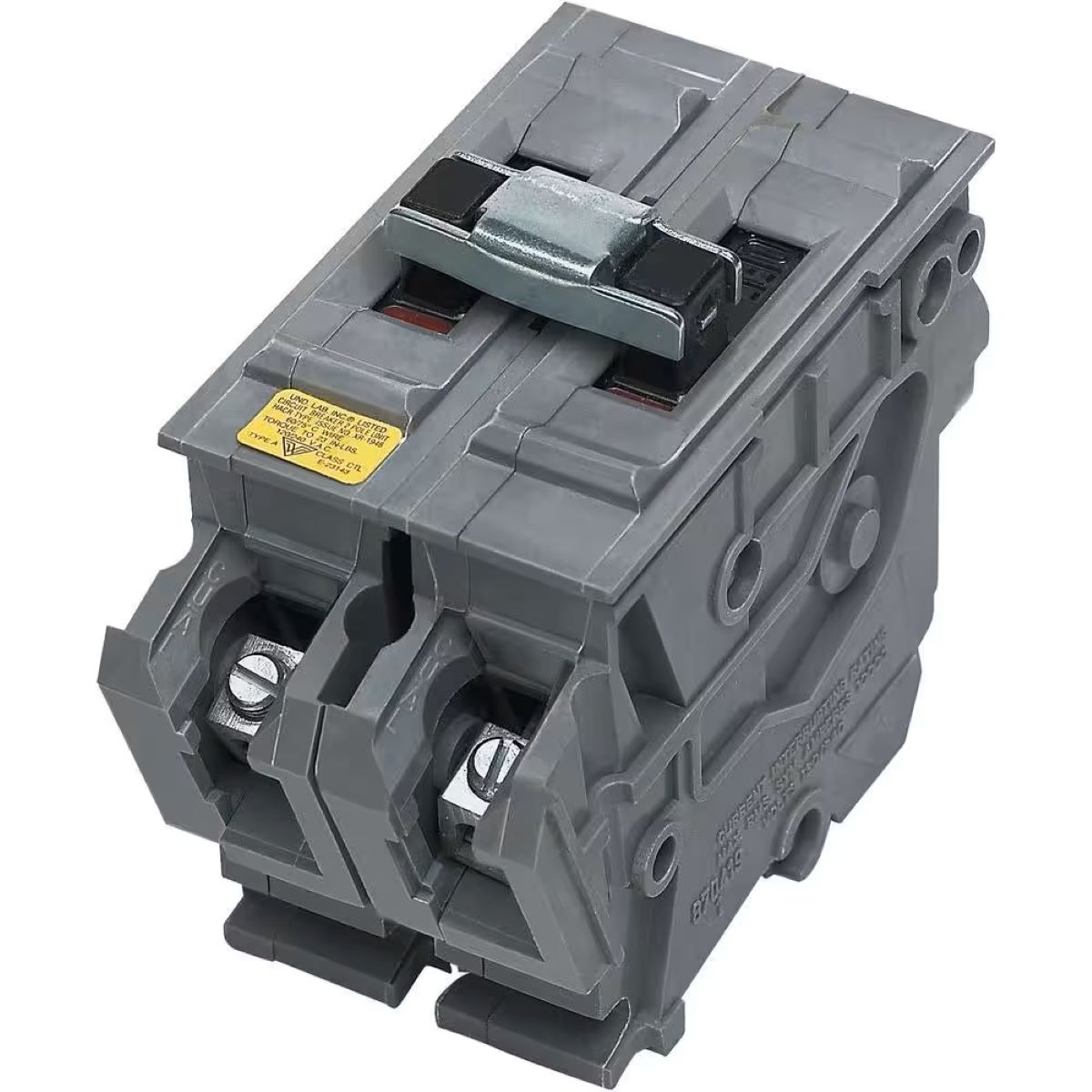
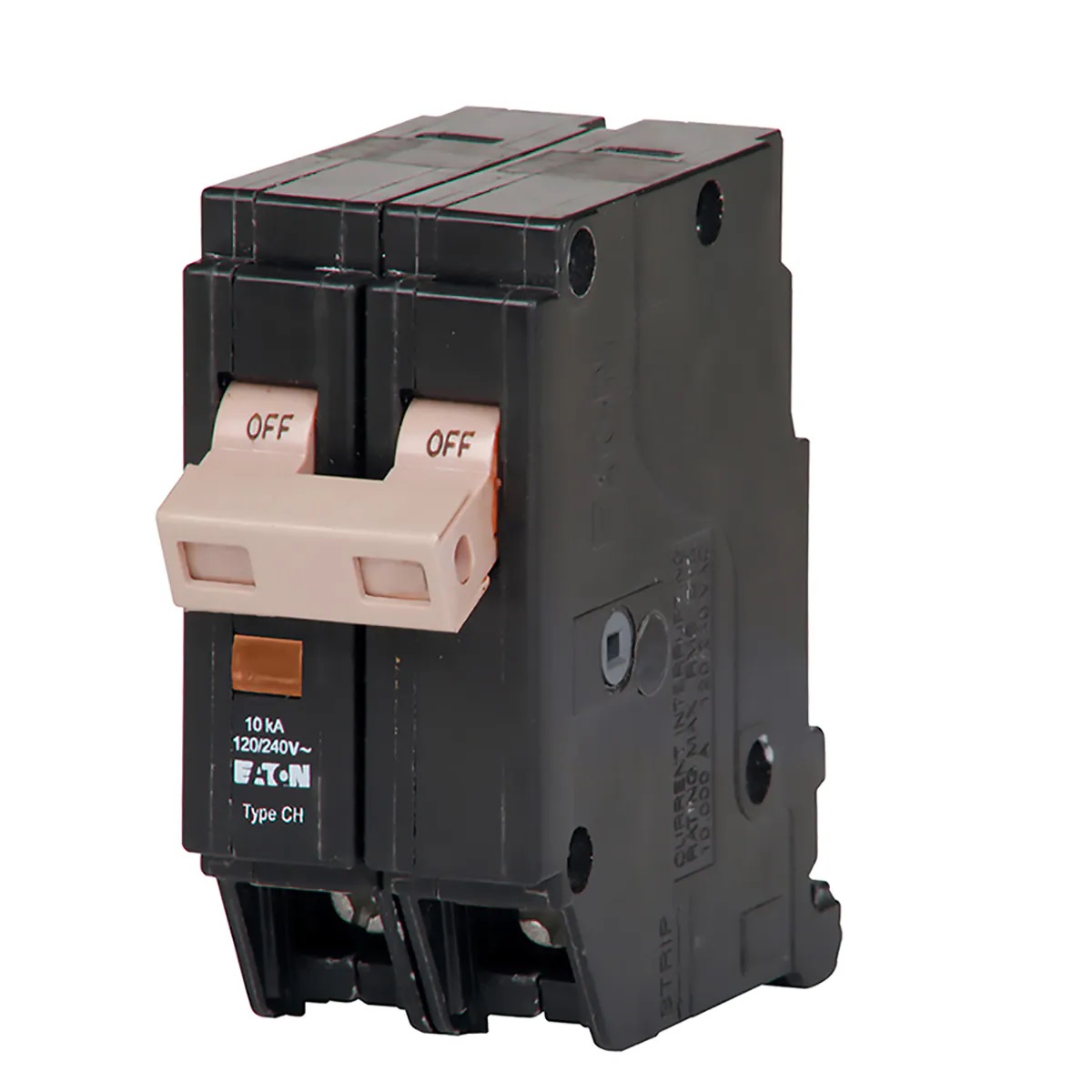
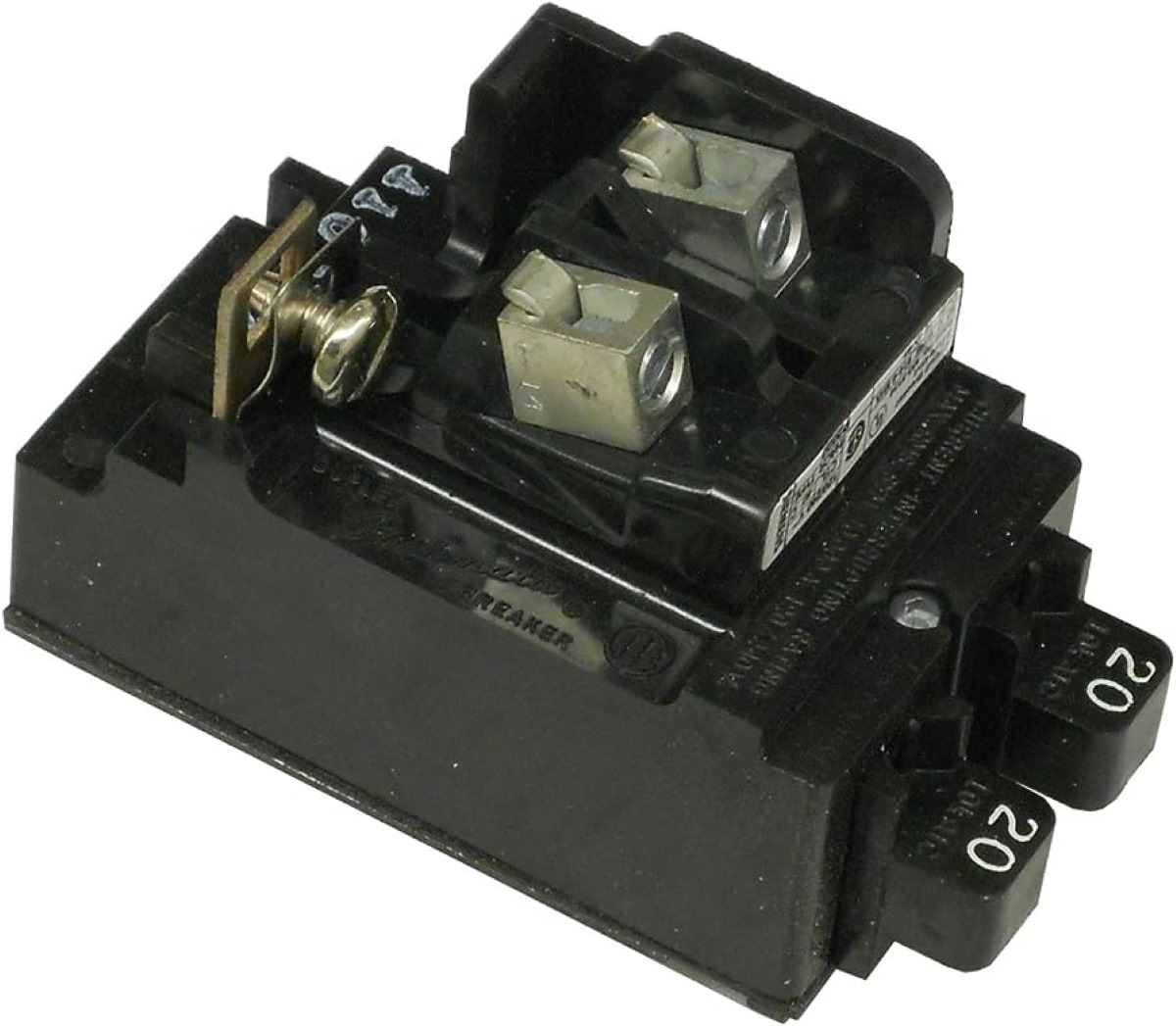
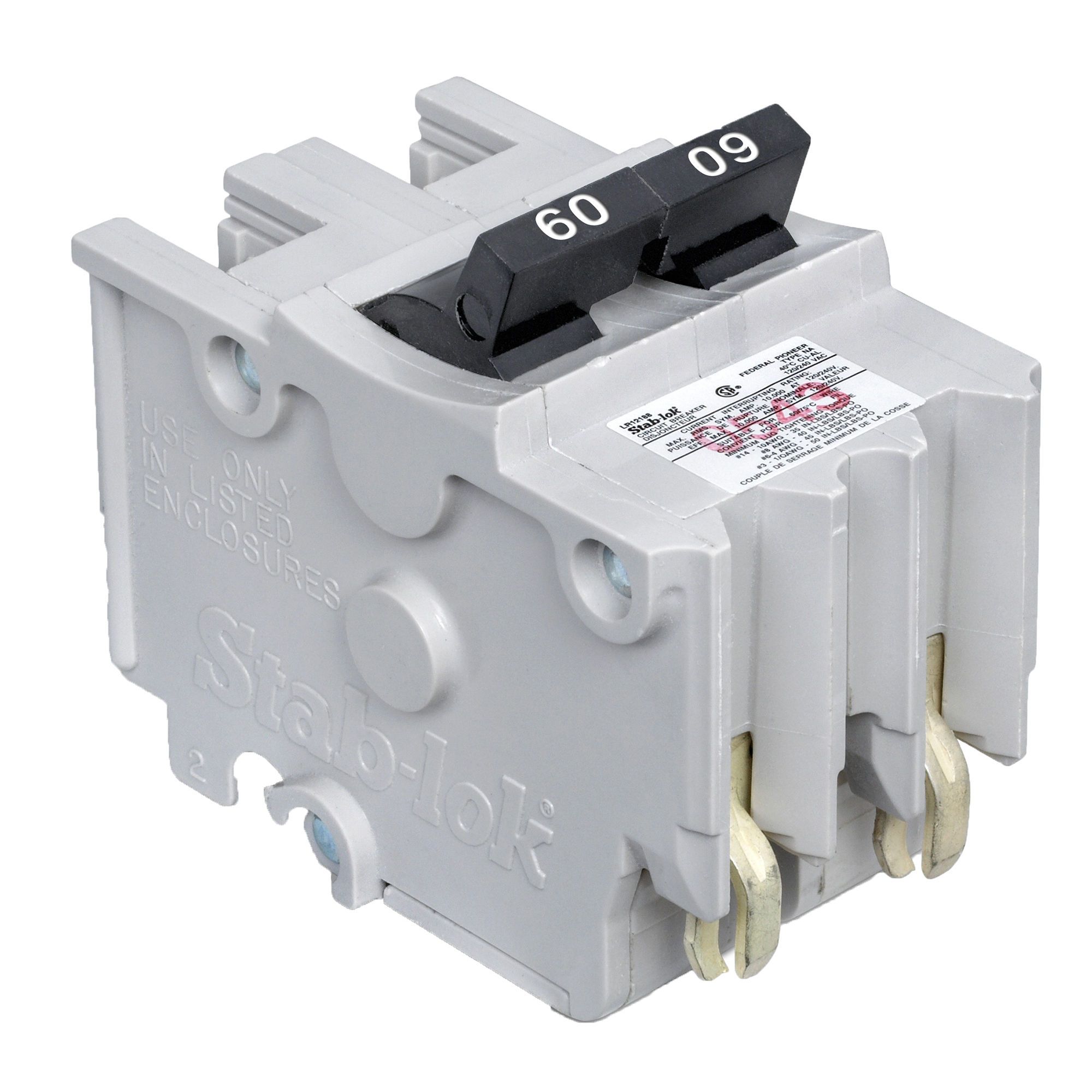

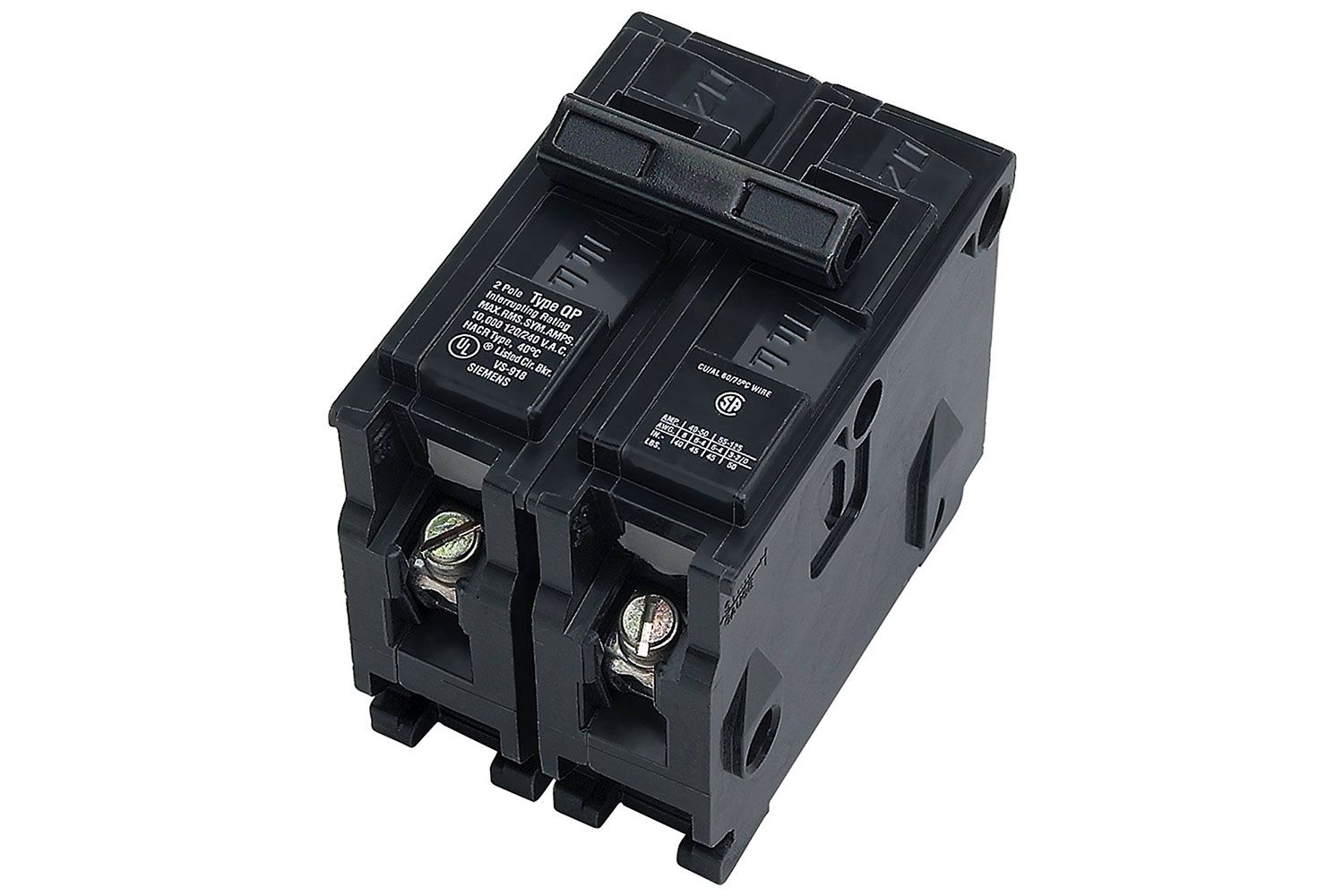
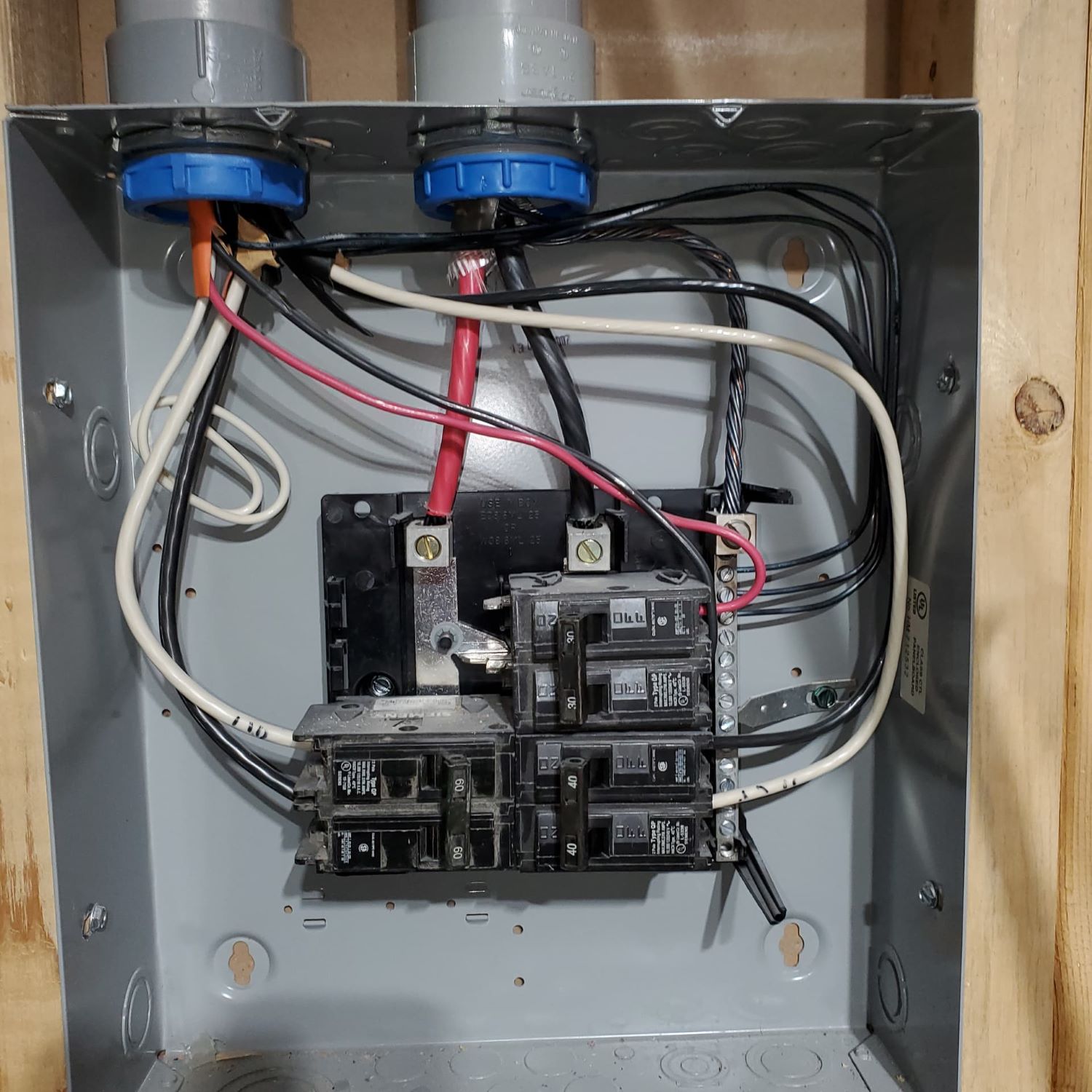
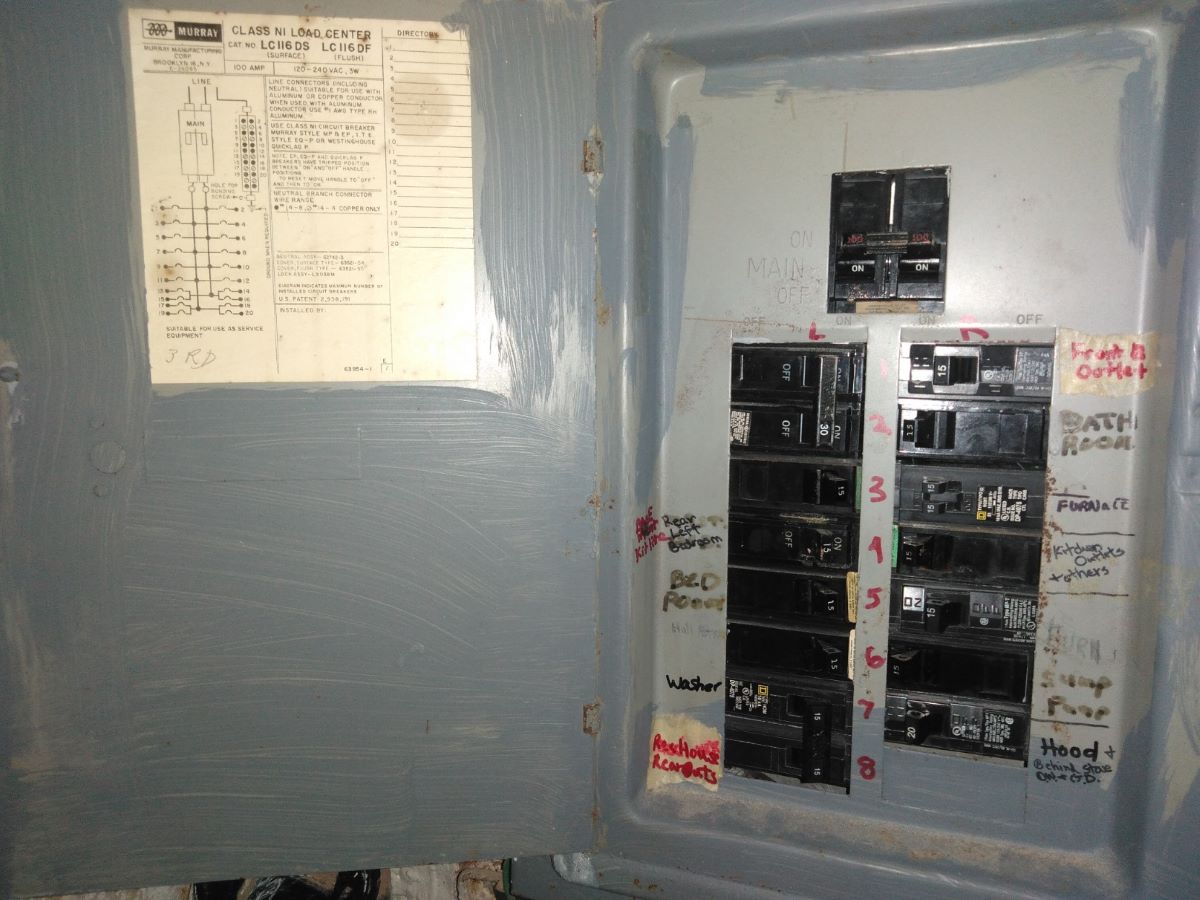

0 thoughts on “What Is A Closed Circuit Television”